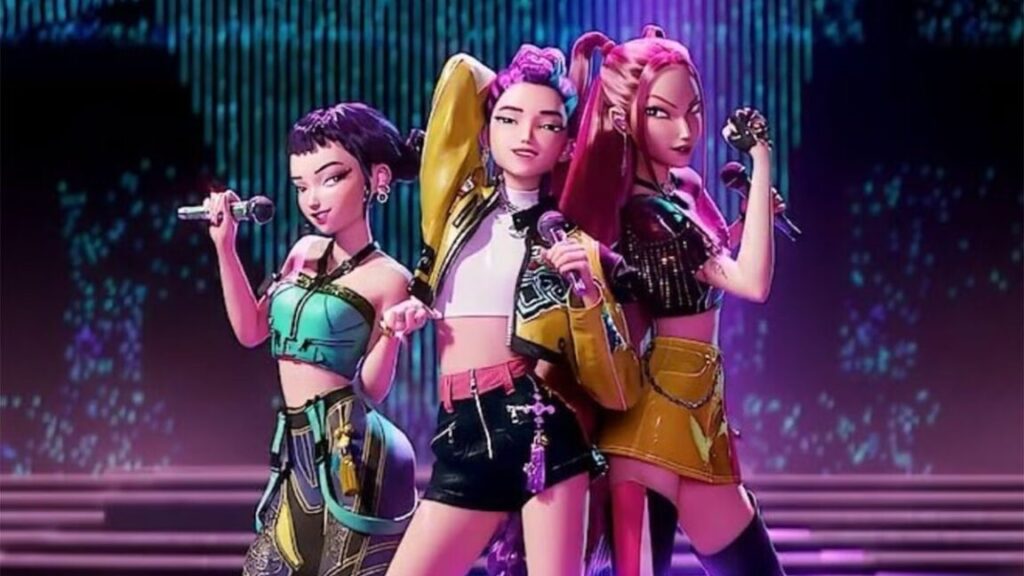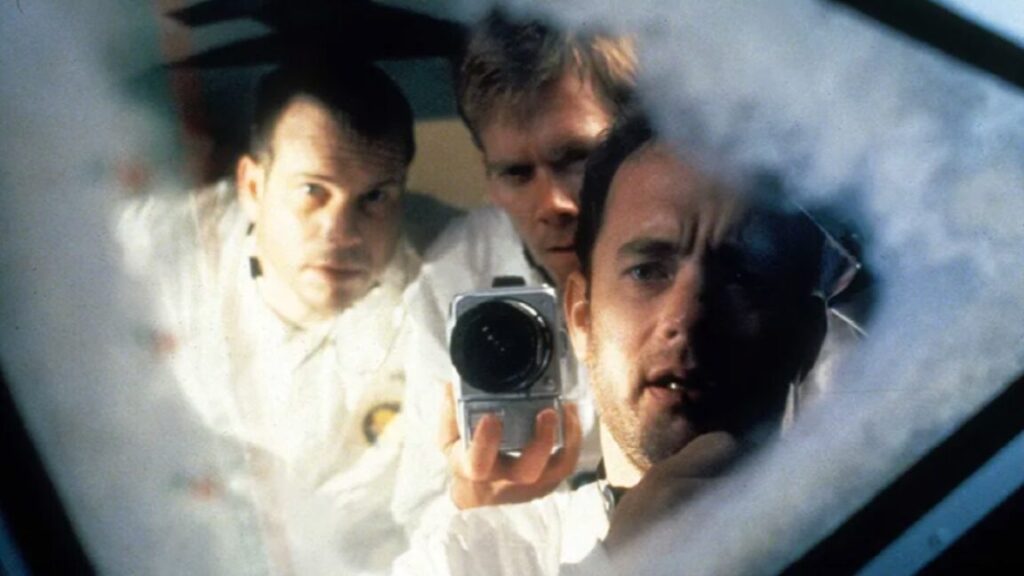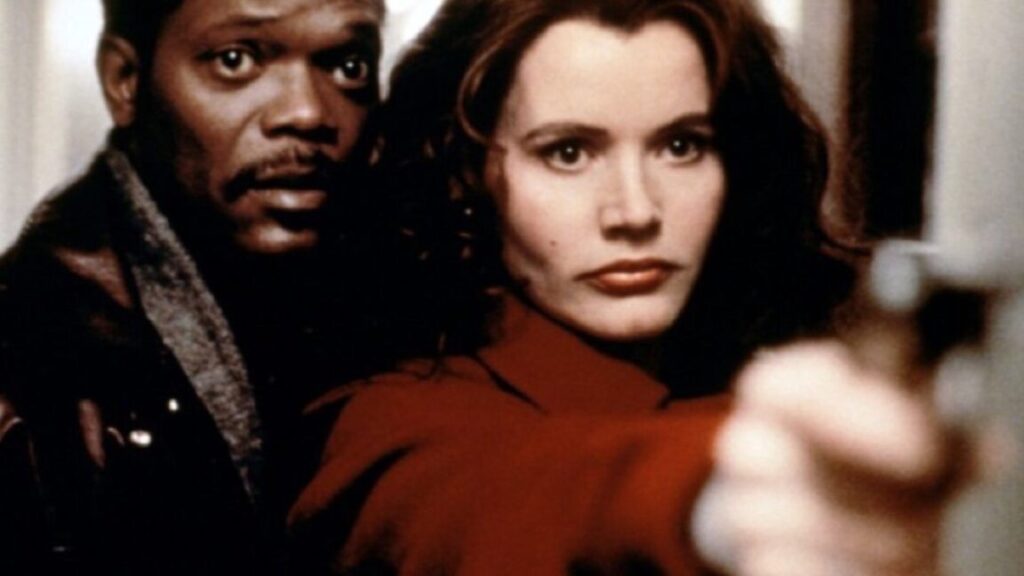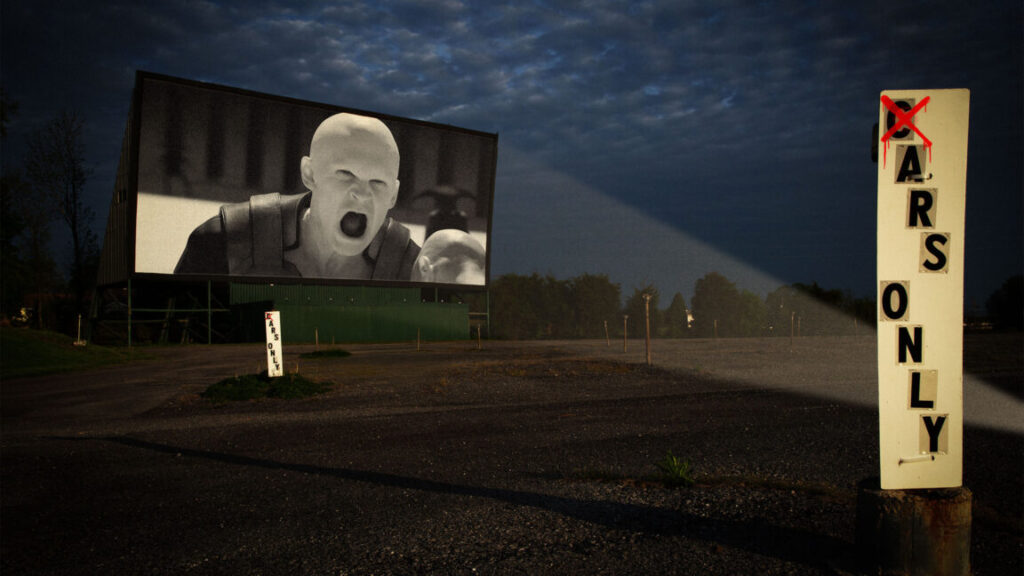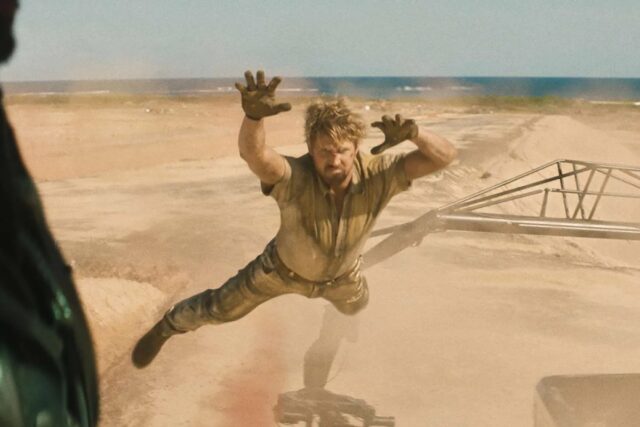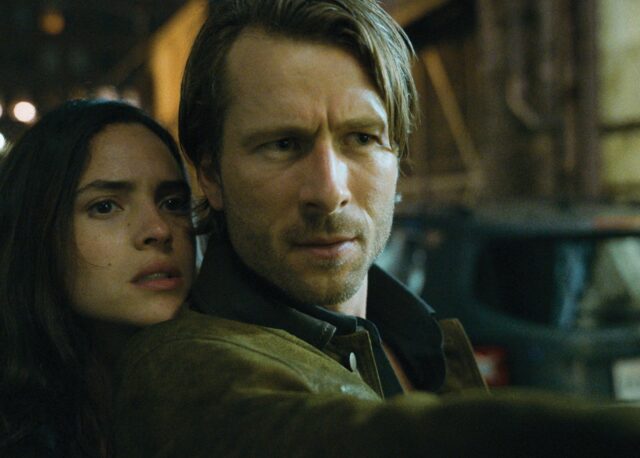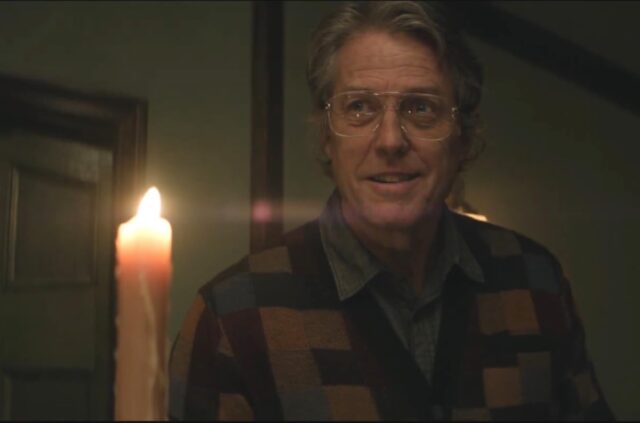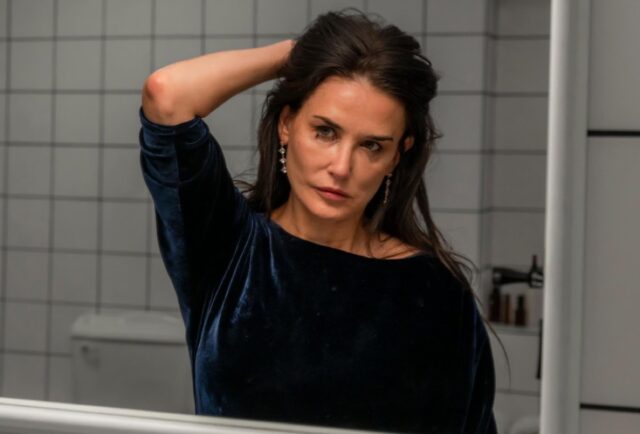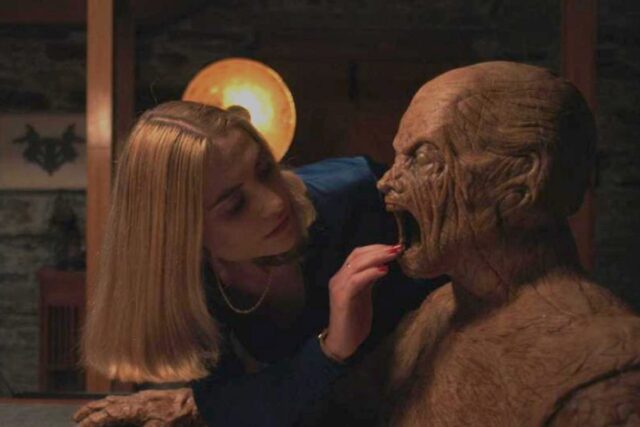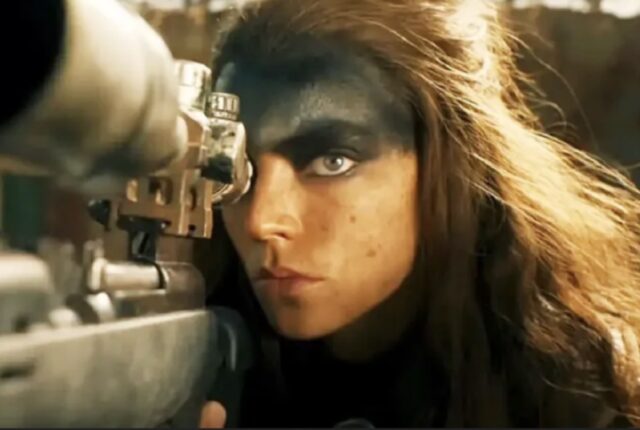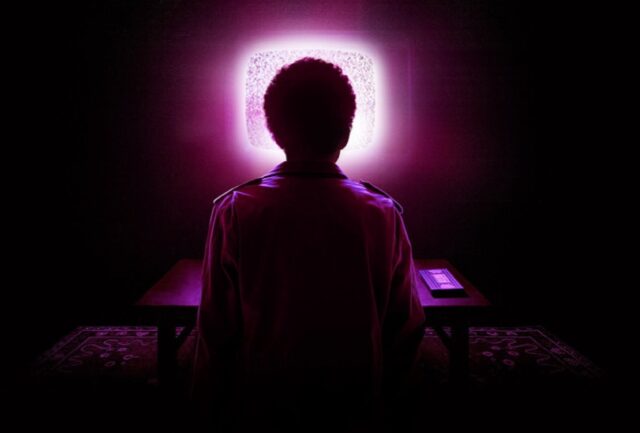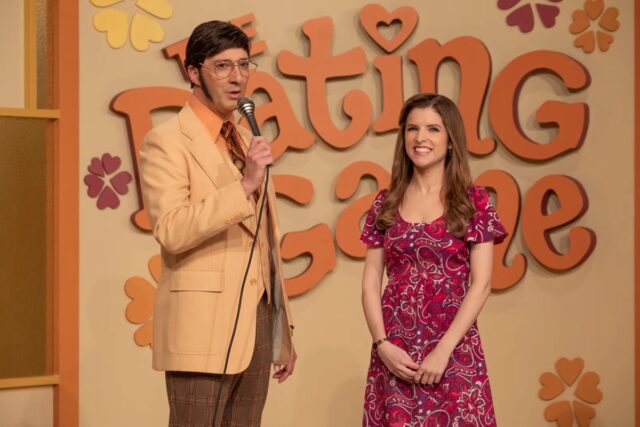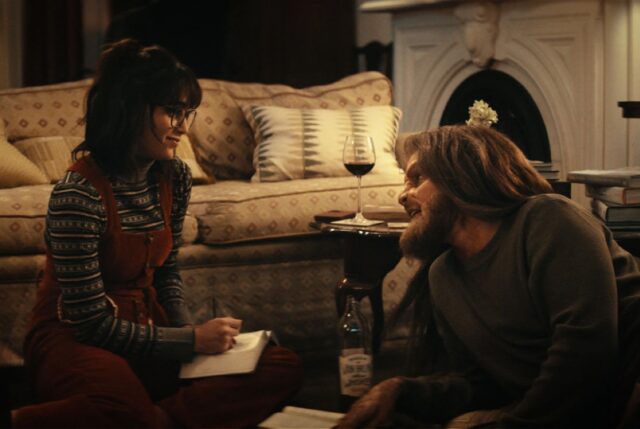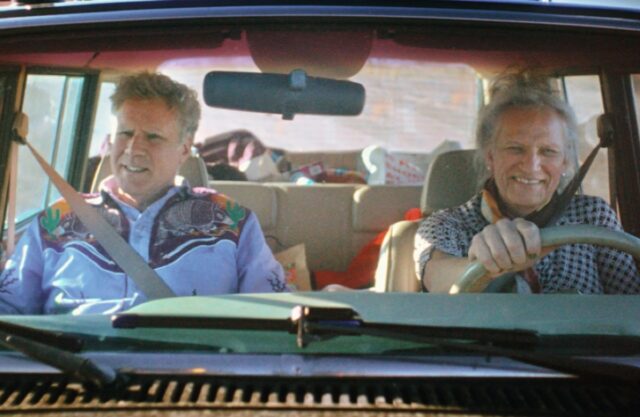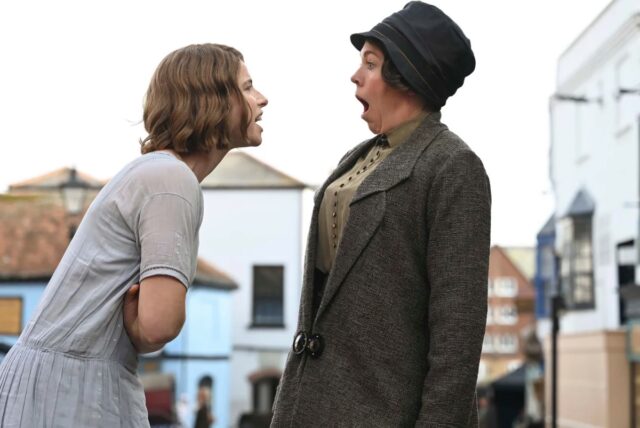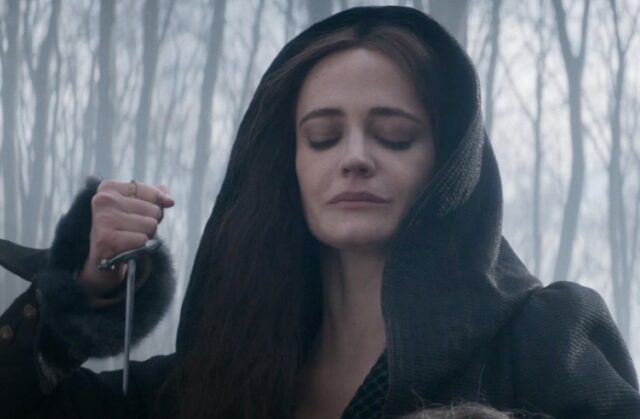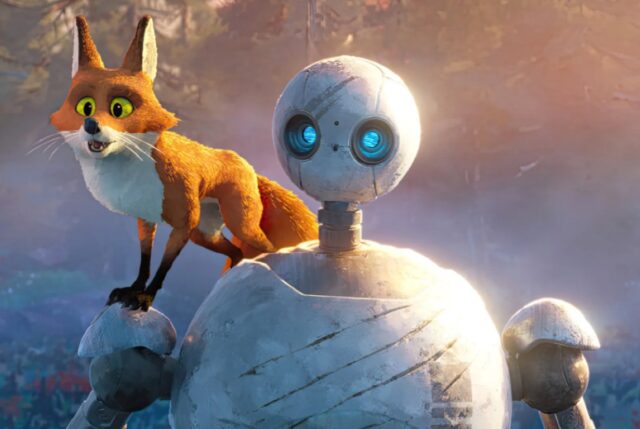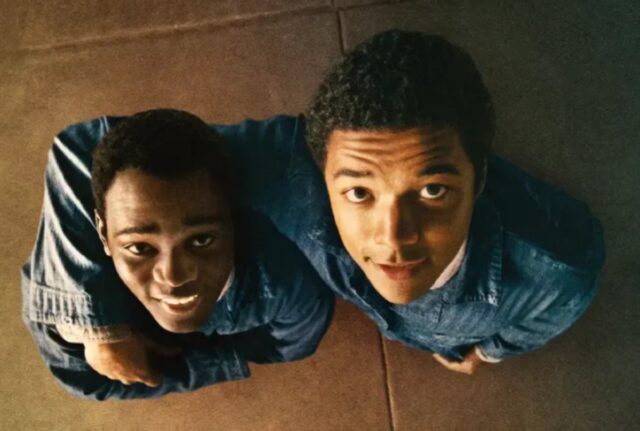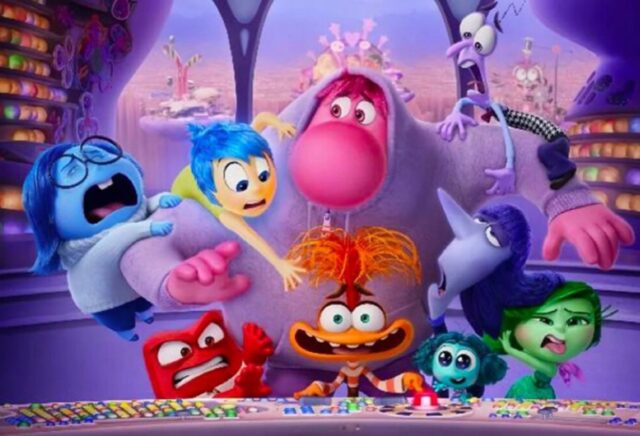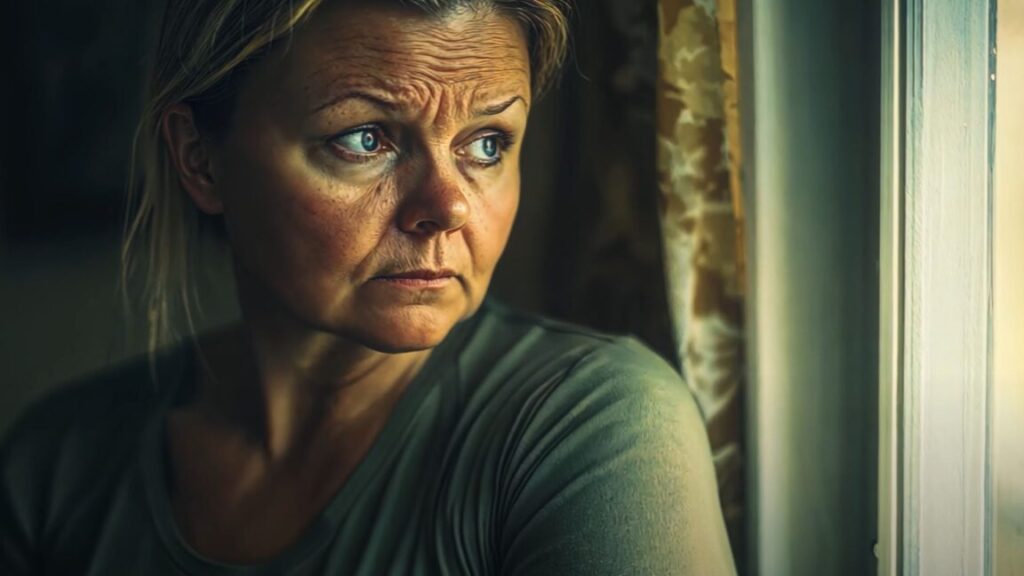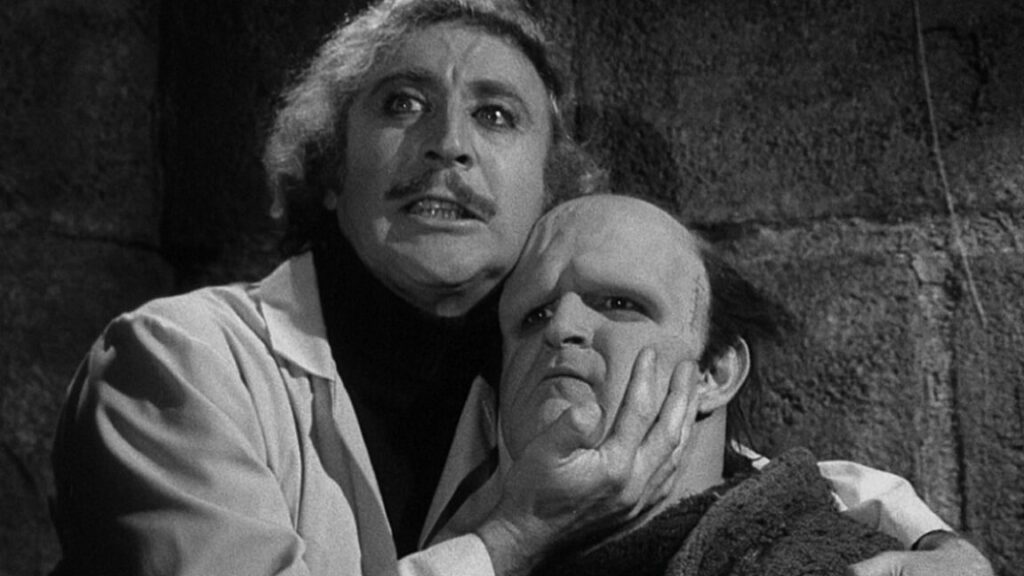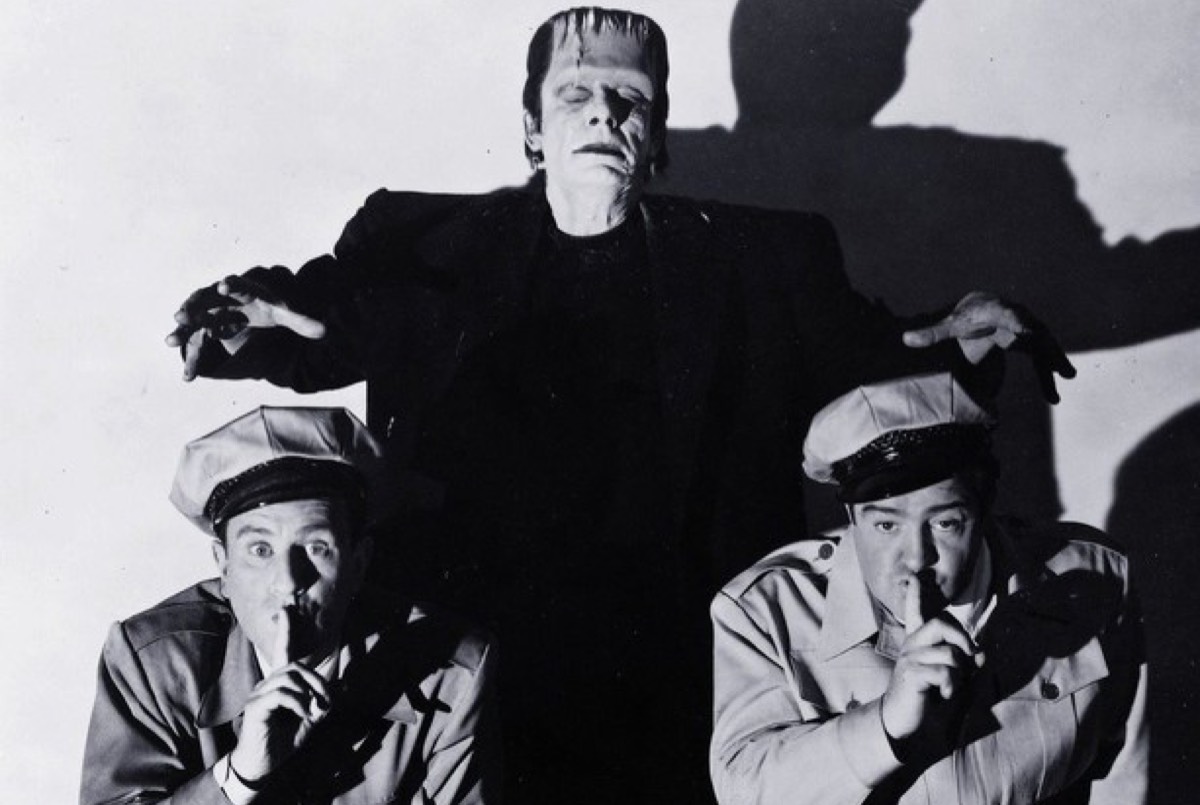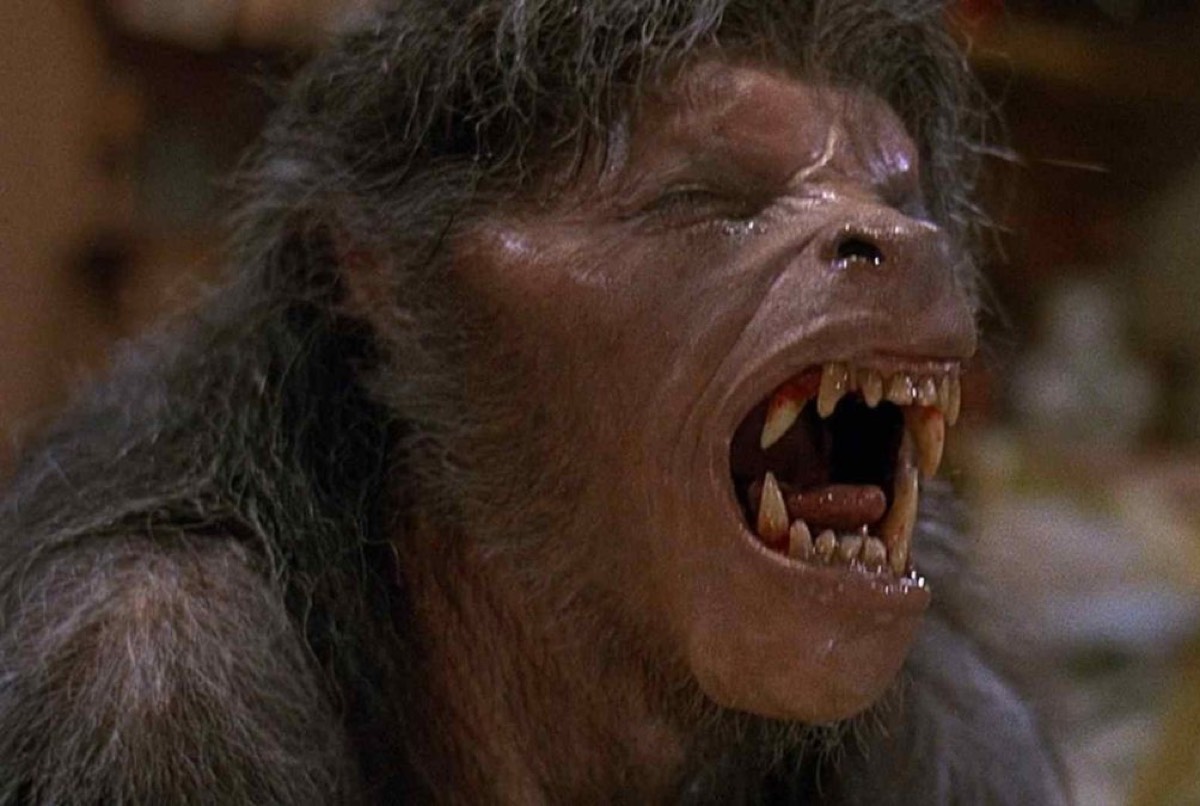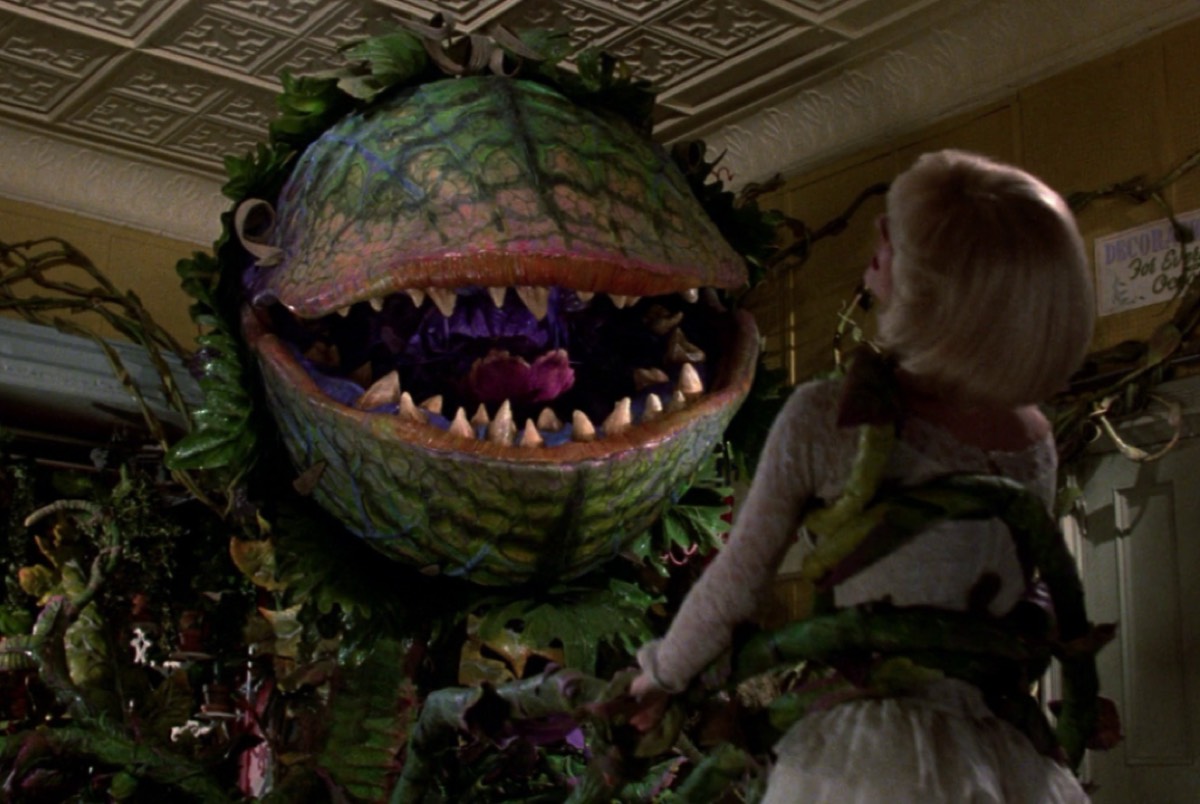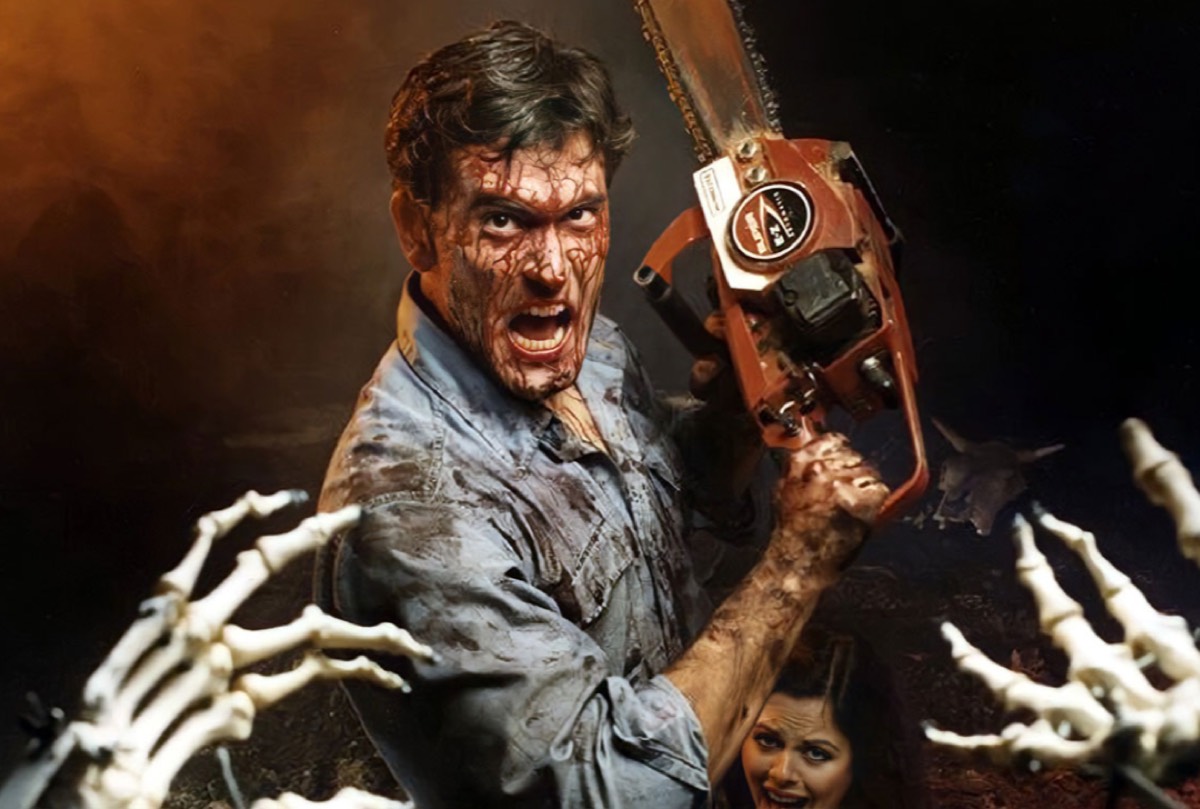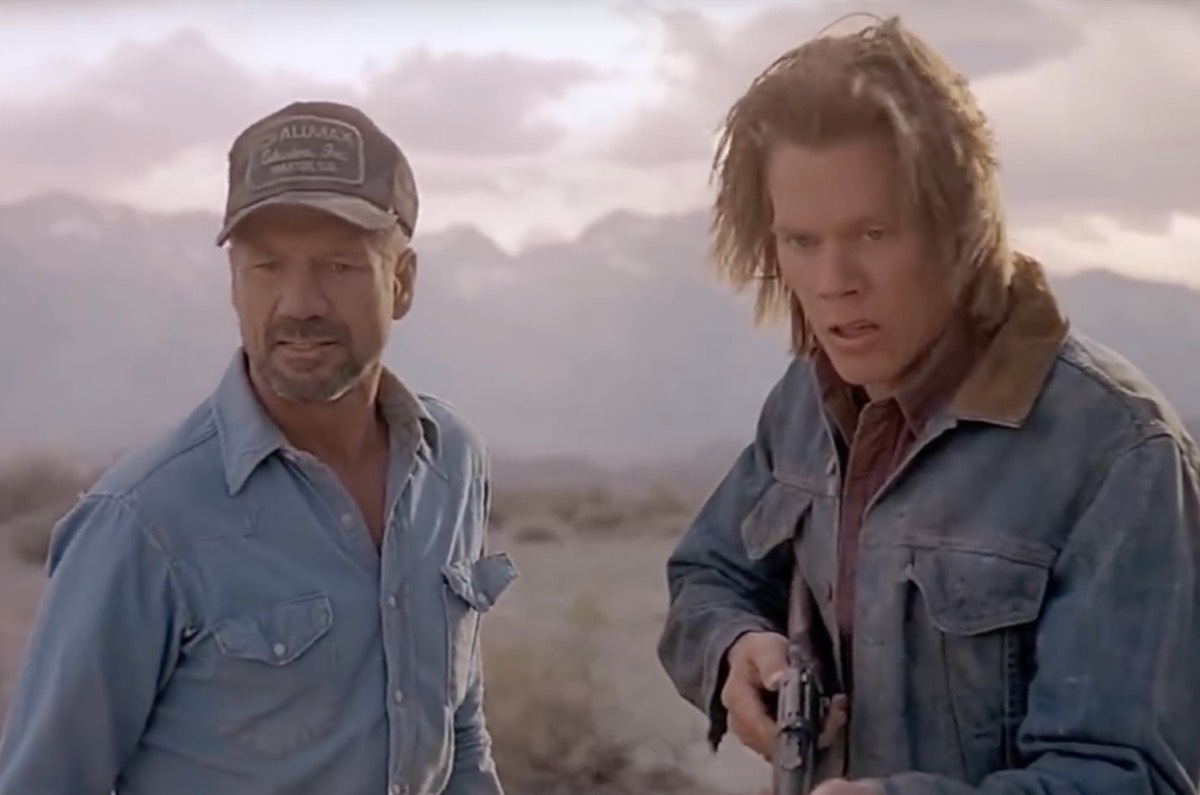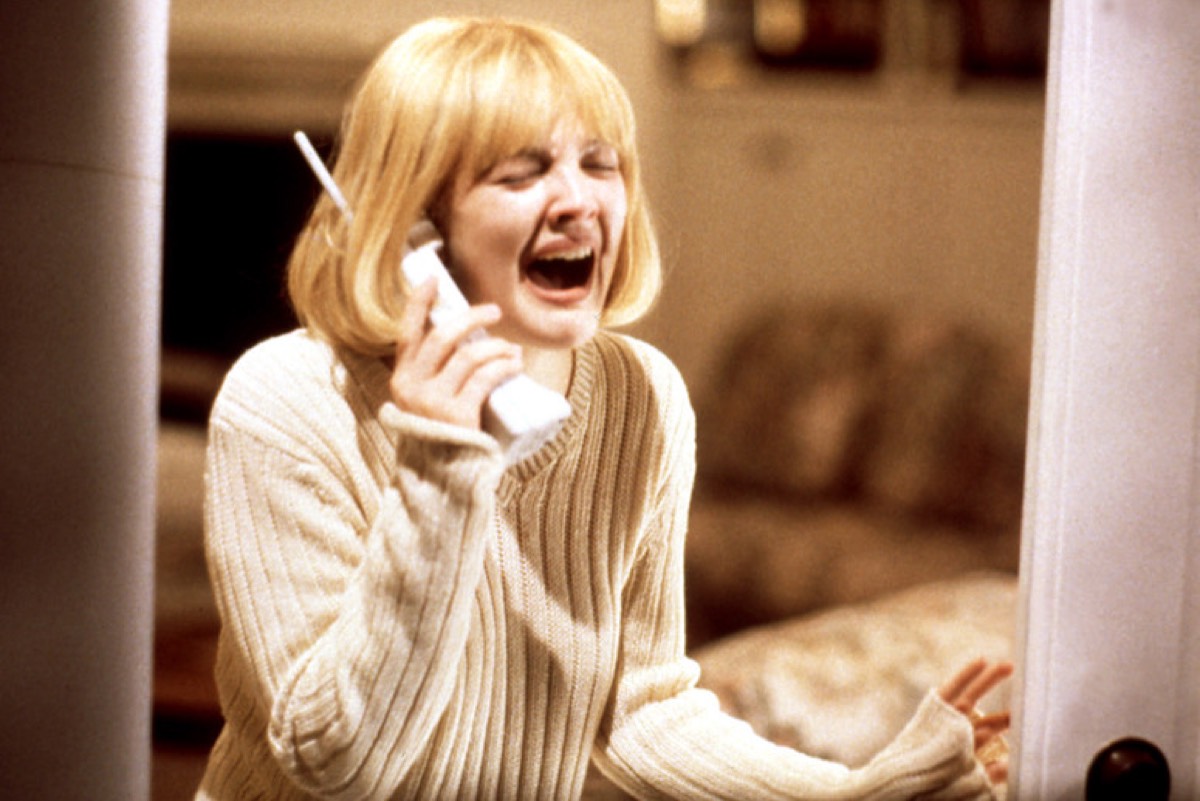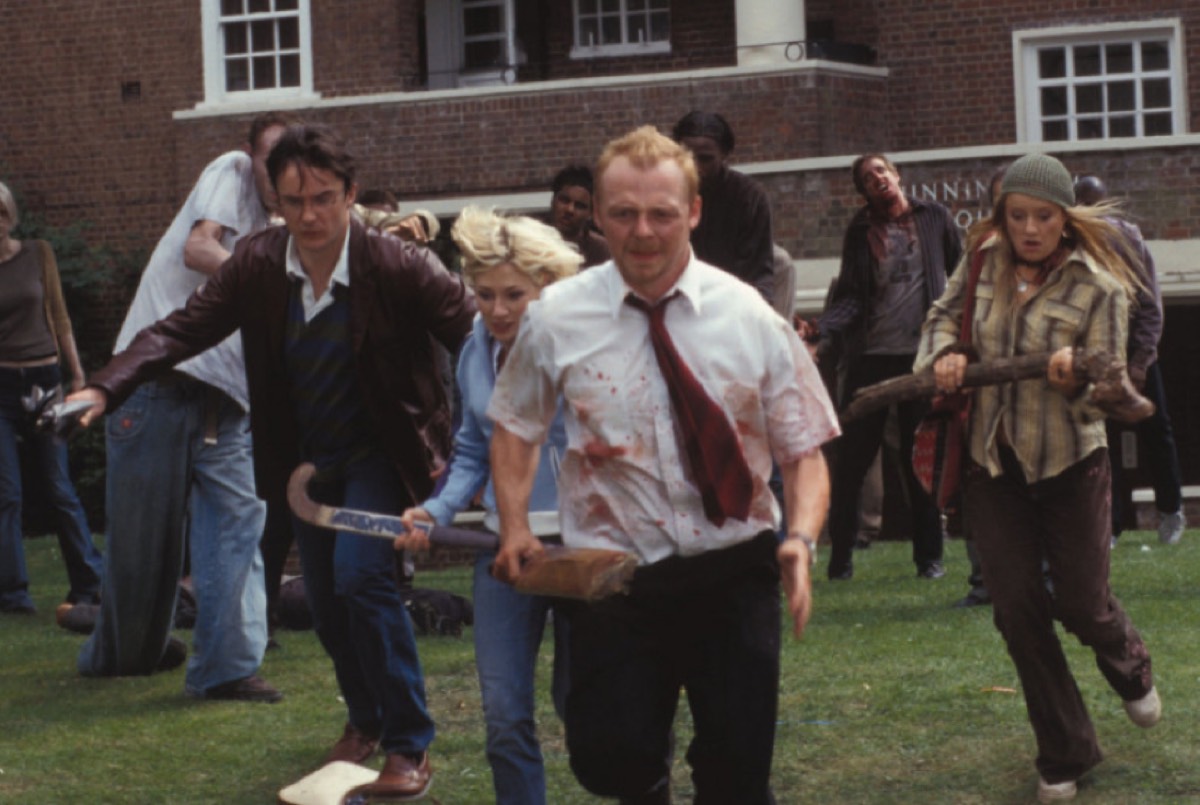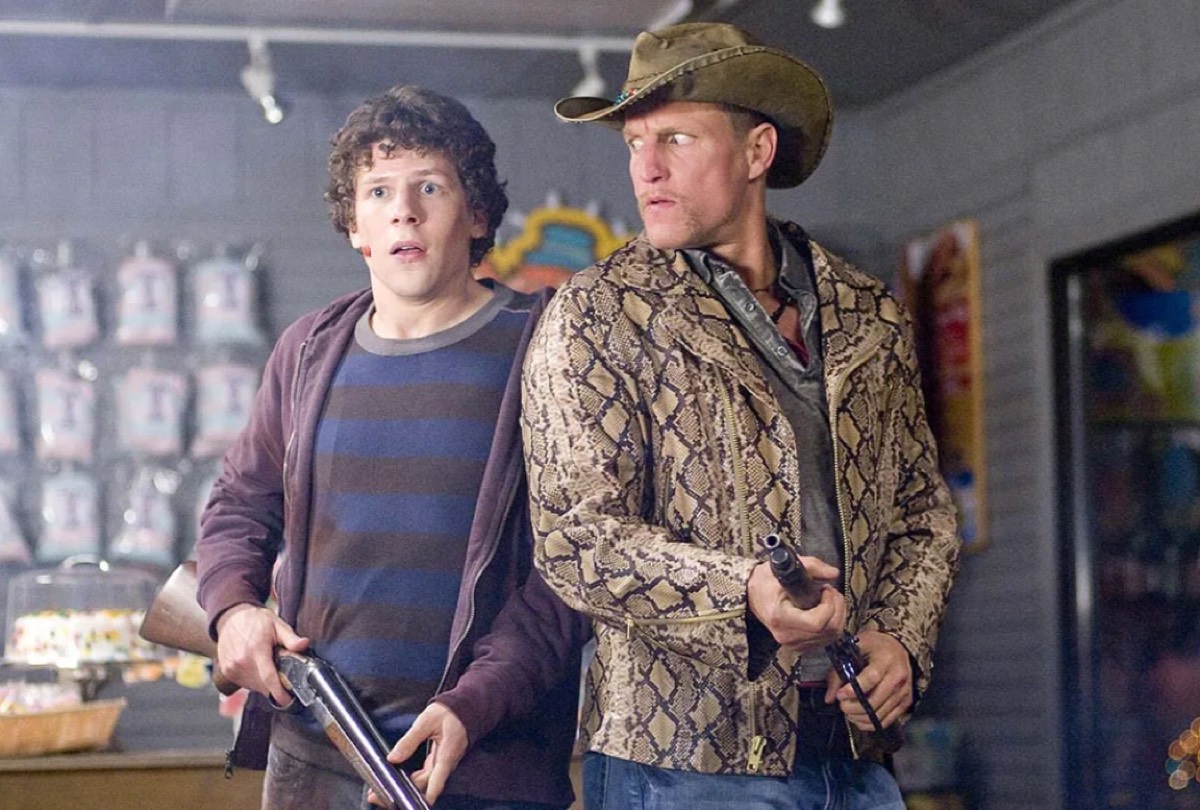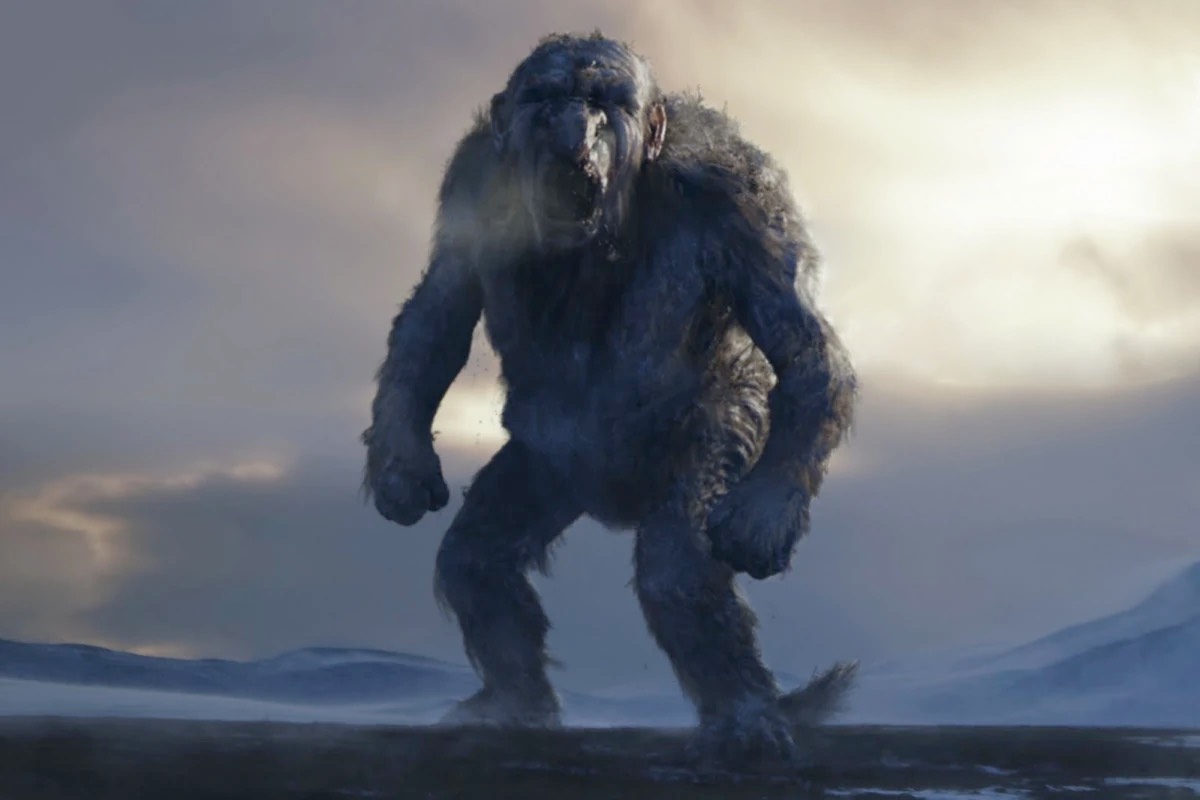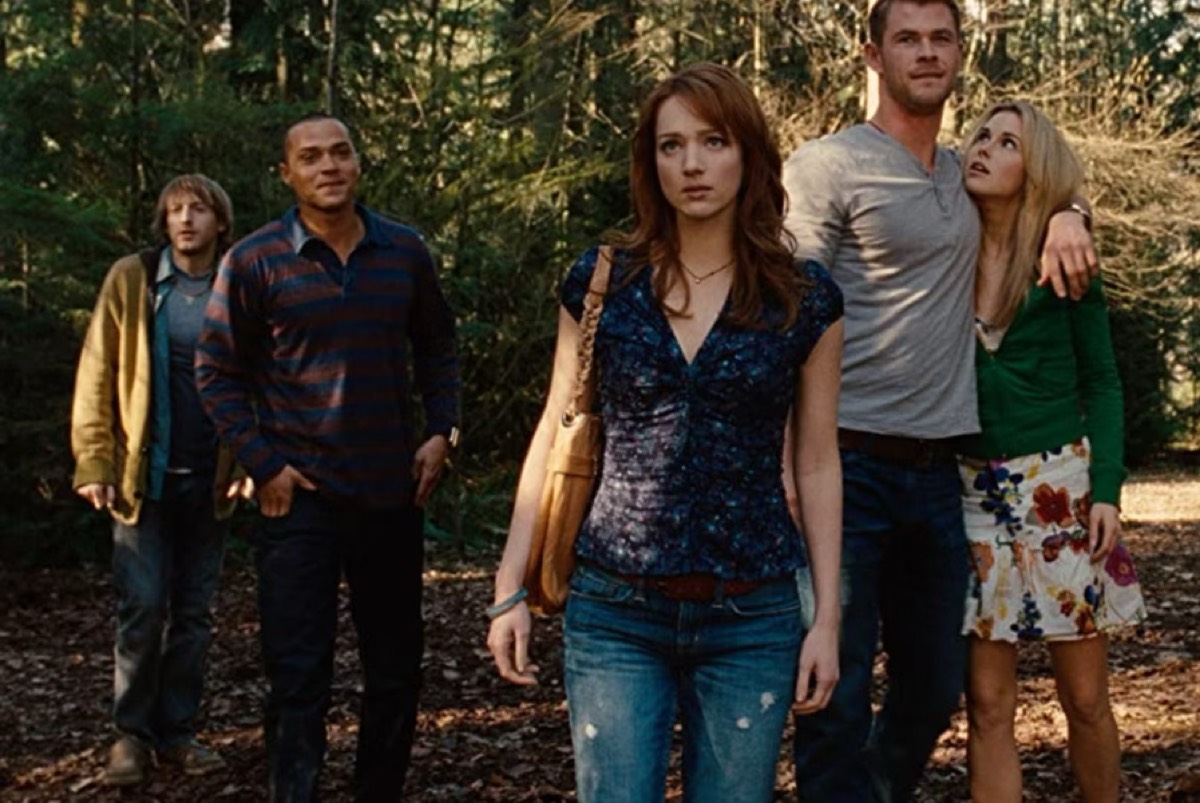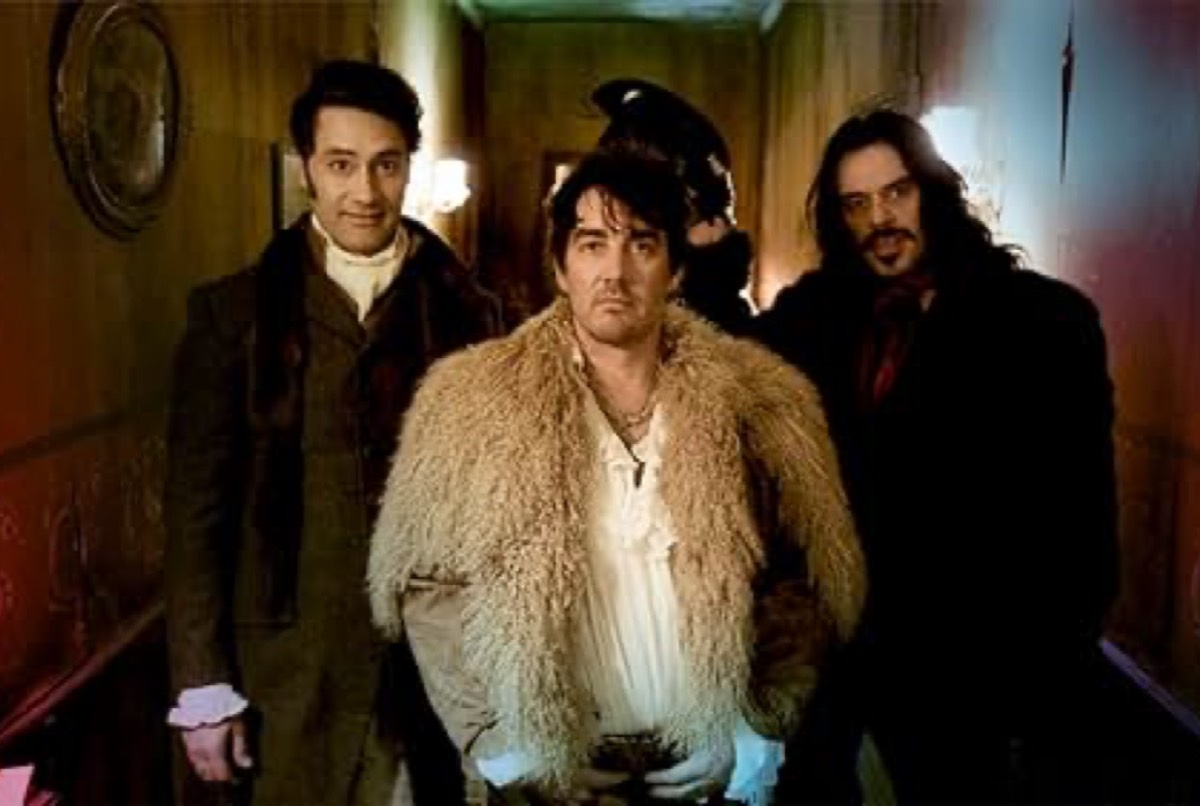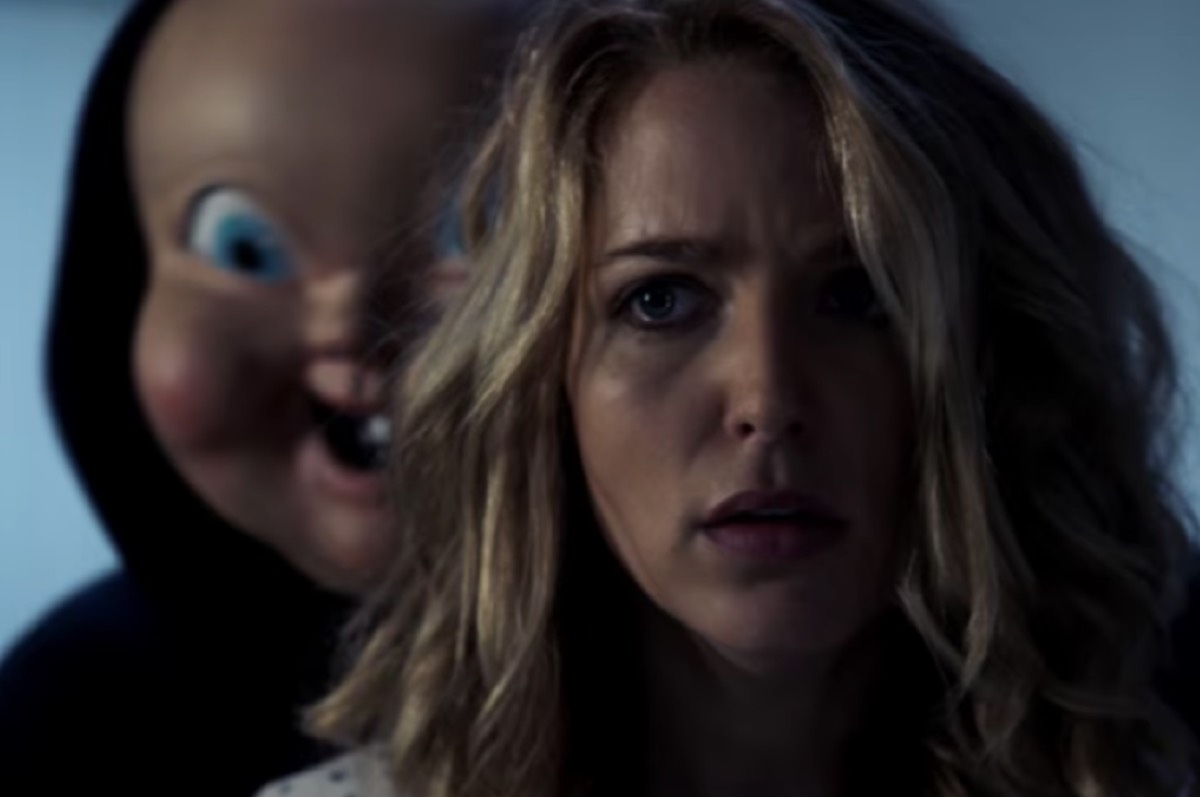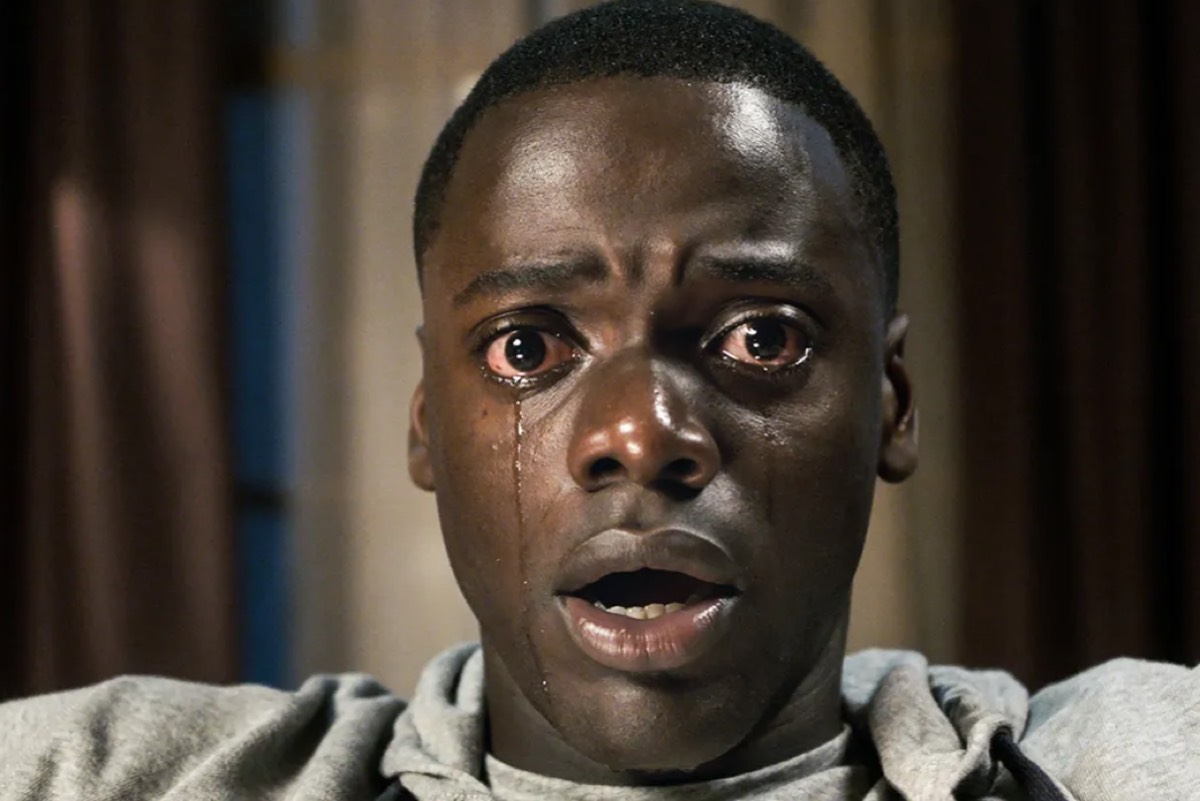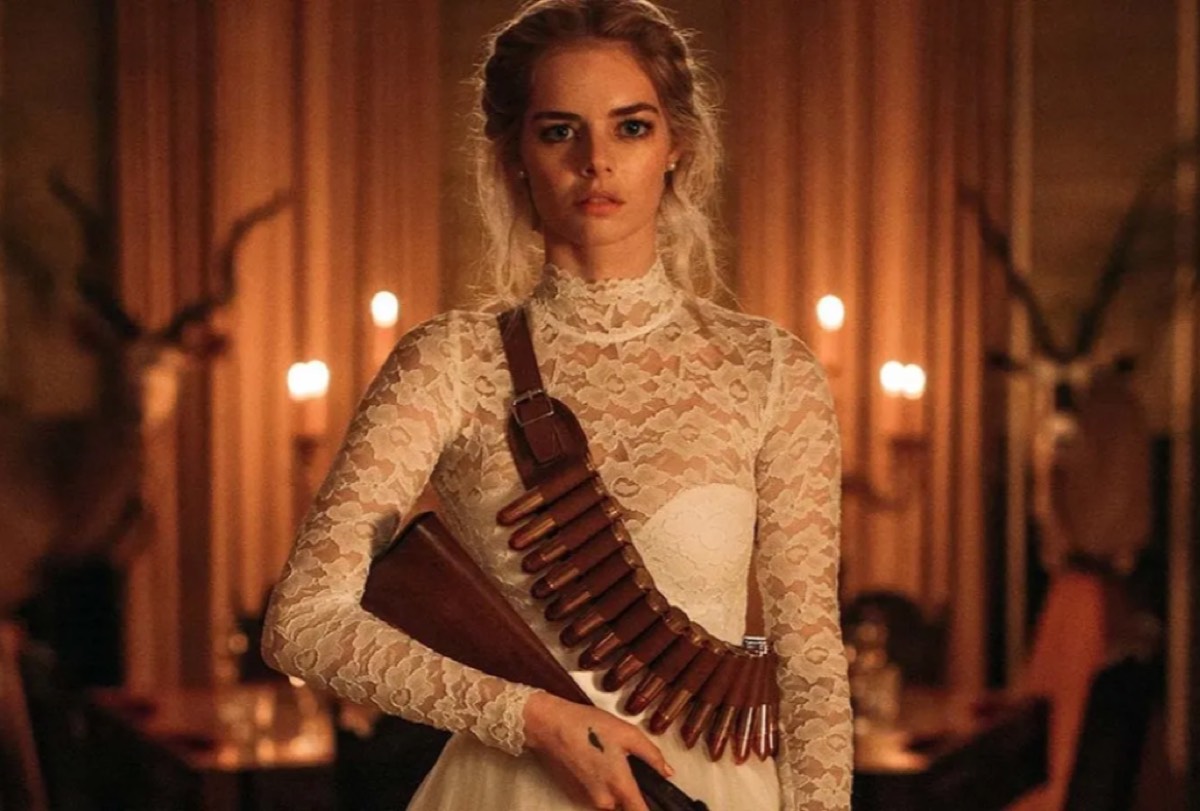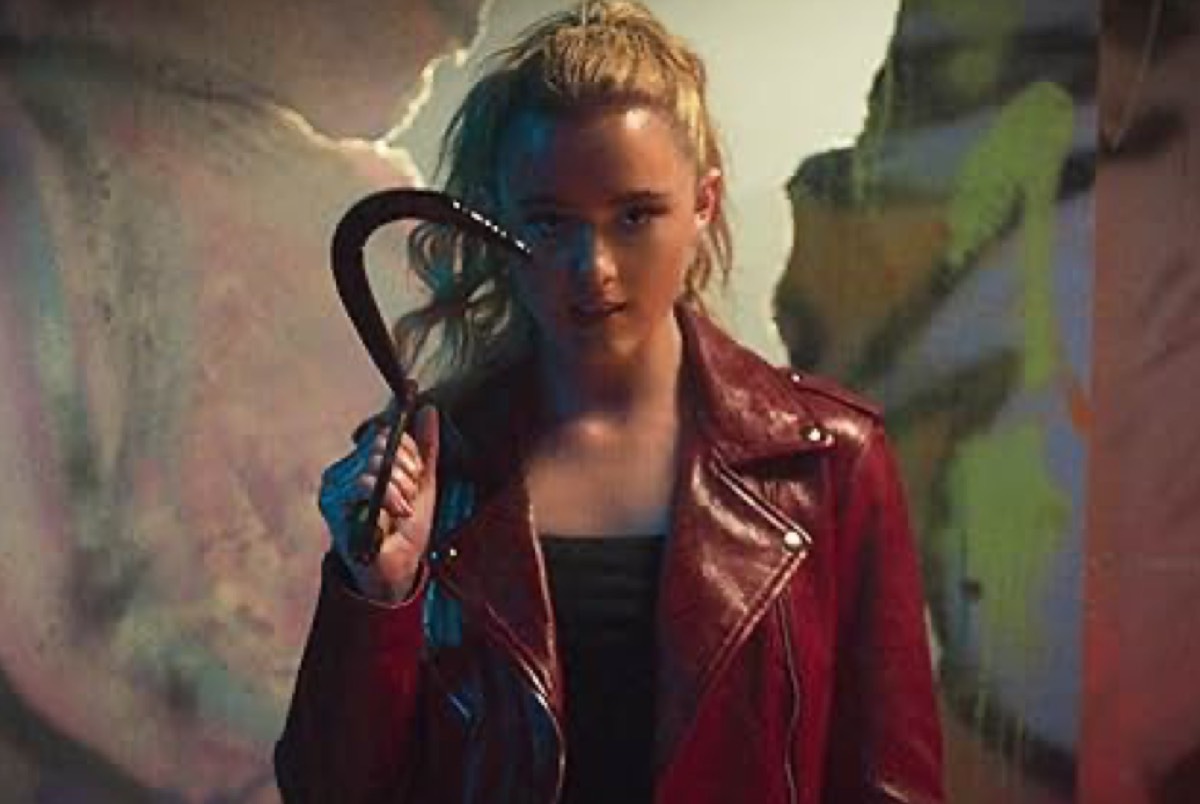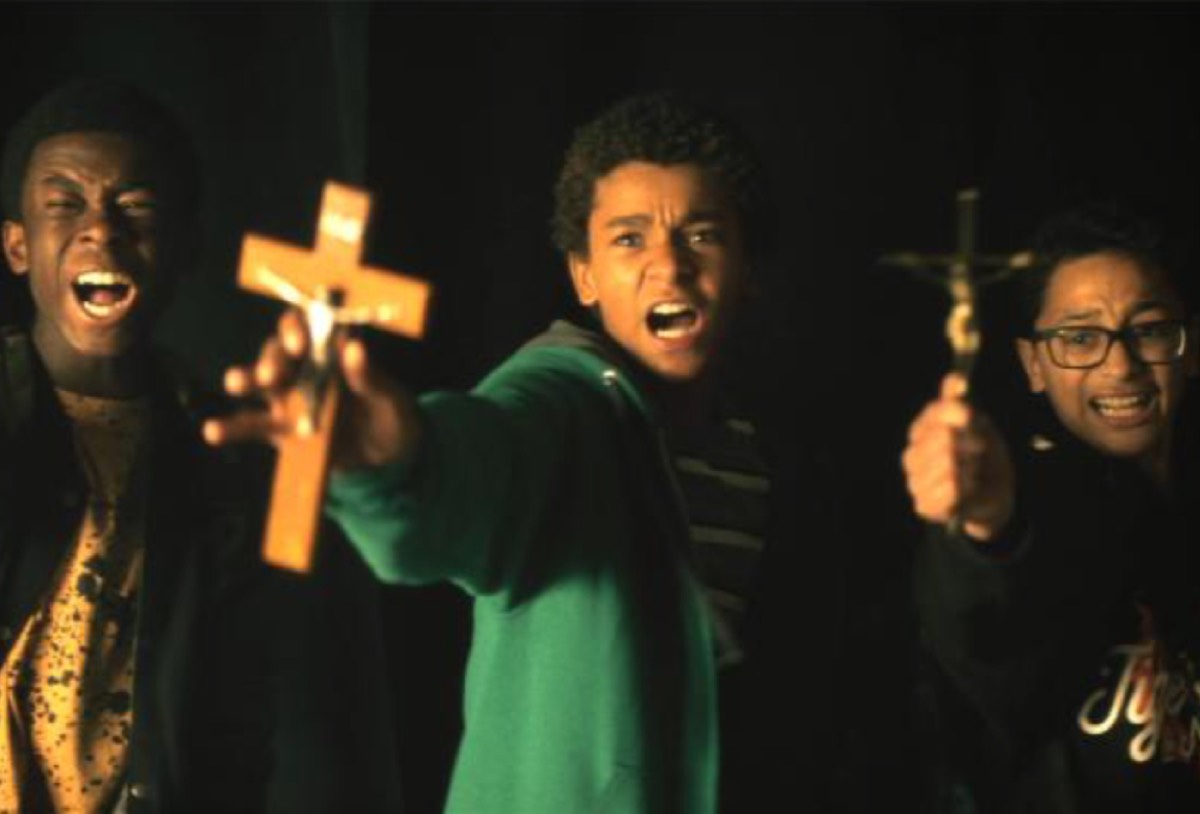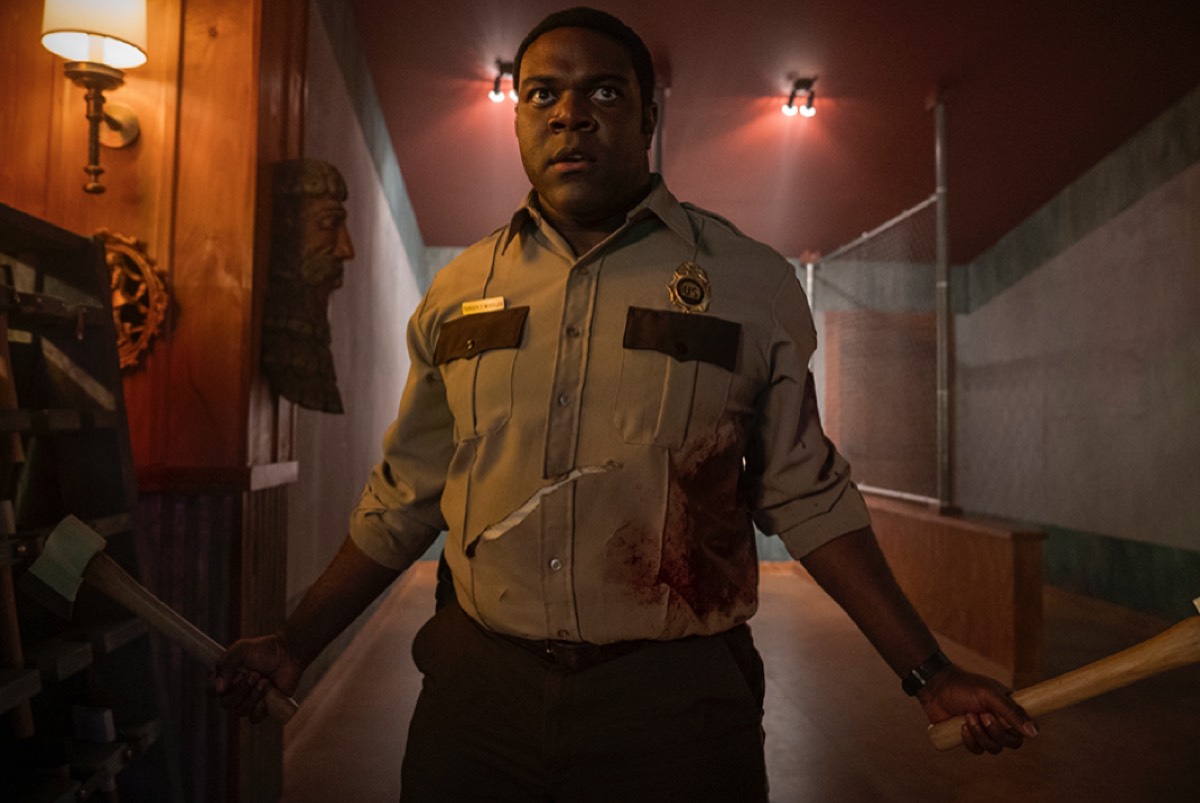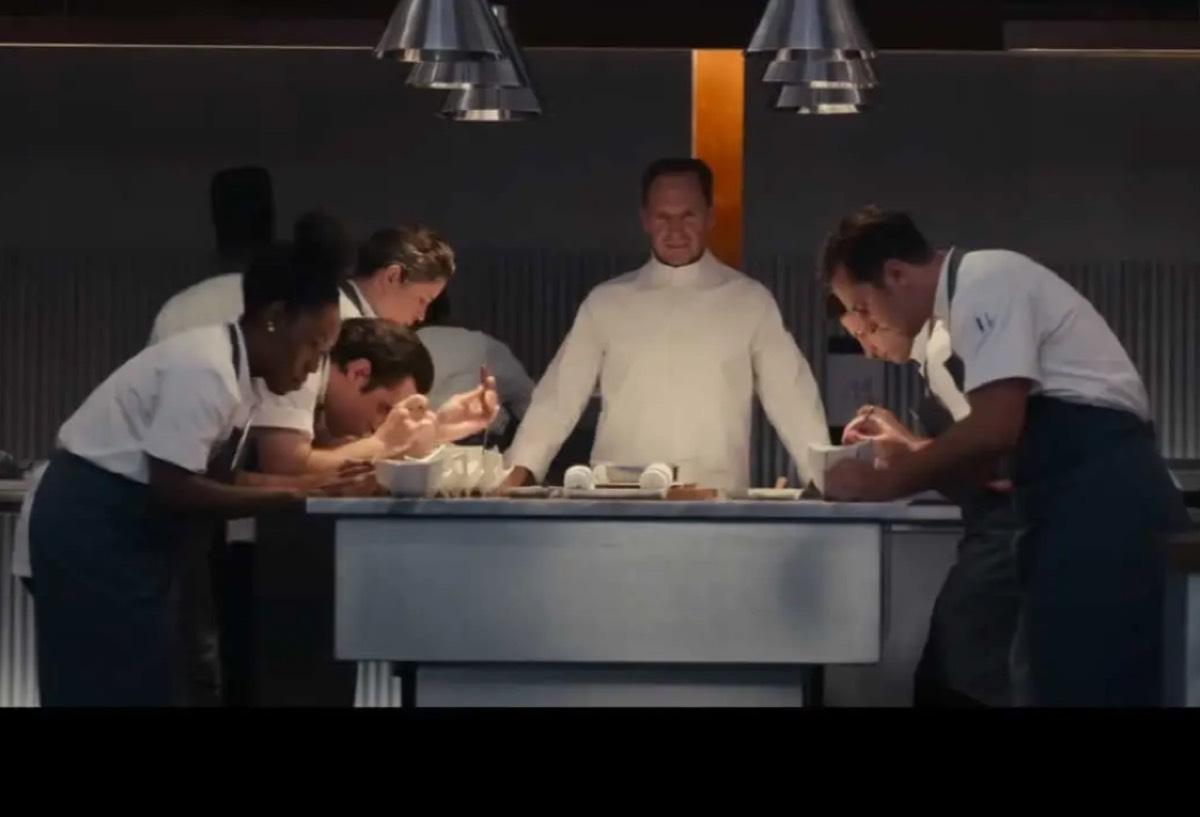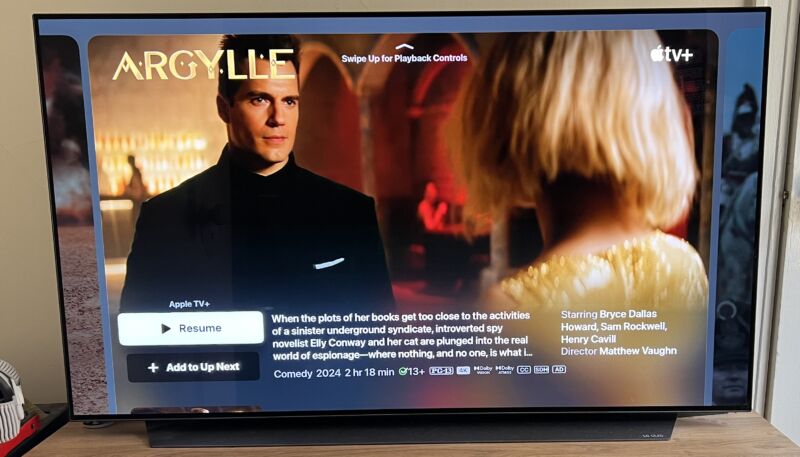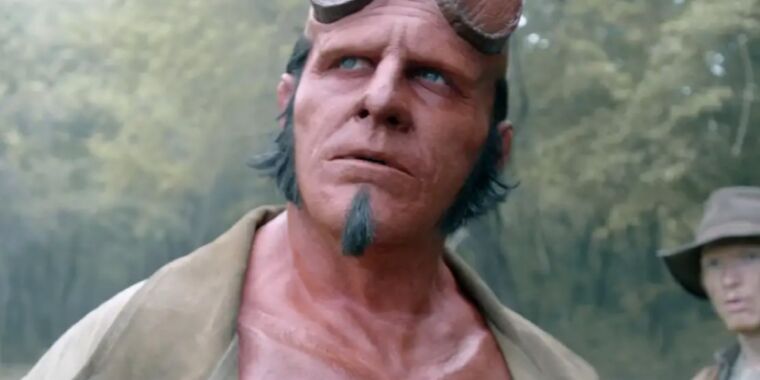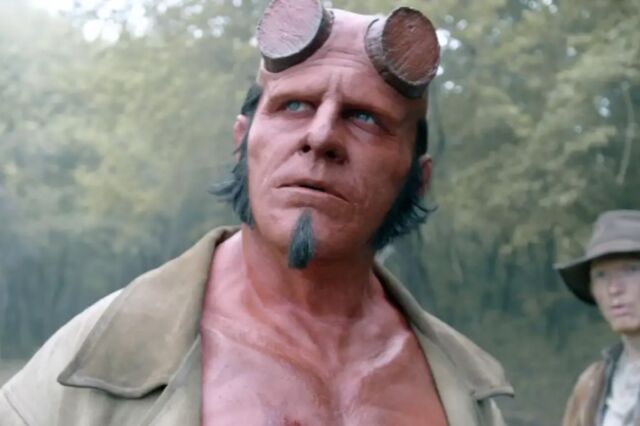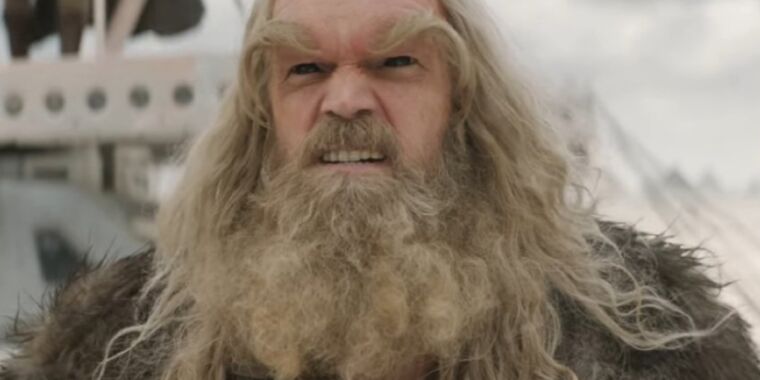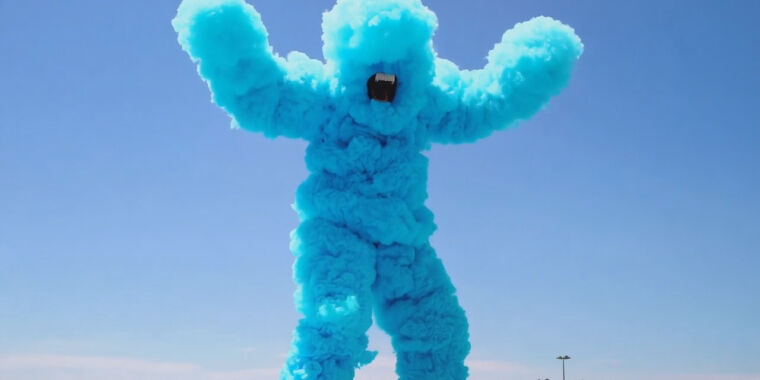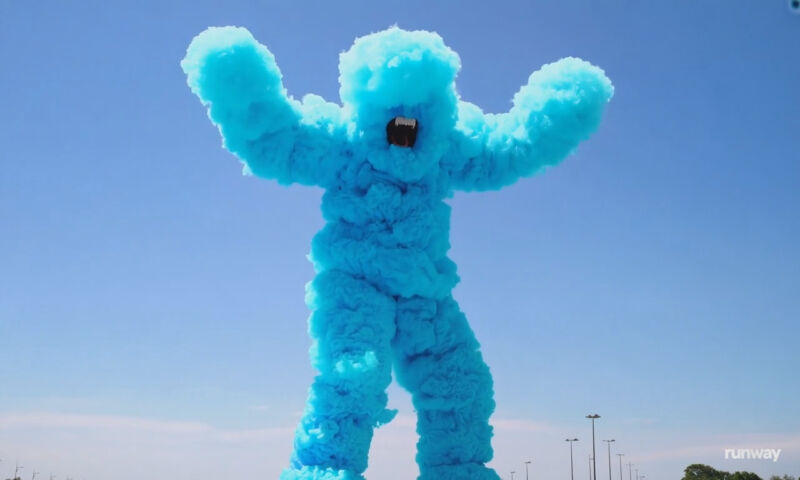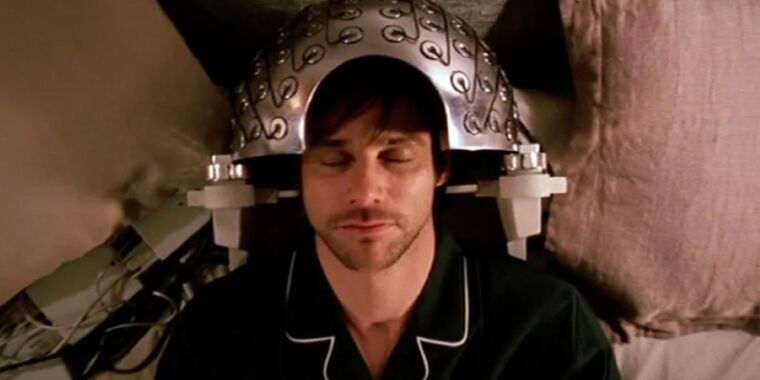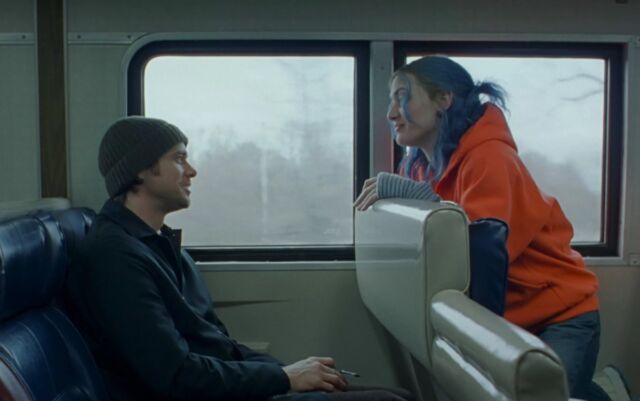They’re golden: Fictional band from K-Pop Demon Hunters tops the charts
The fictional band Huntr/x, from K-Pop Demon Hunters, has a real-world hit with “Golden.”
Netflix has a summer megahit on its hands with its animated musical feature film, K-Pop Demon Hunters. Since its June release, the critically acclaimed film has won fans of all ages, fueled by a killer Korean pop soundtrack featuring one earworm after another. The biggest hit is “Golden,” which just hit No. 1 on Billboard’s Top 100 chart. (The last time a fictional ensemble topped the charts was in 2022 with Encanto‘s “We Don’t Talk About Bruno.”)
K-Pop Demon Hunters is now Netflix’s most-watched animated film of all time, and that’s not just because of the infectious music. The Sony Animation team delivers bold visuals that evoke the look and feel of anime, the plot is briskly paced, and the script strikes a fine balance between humor and heart.
(Spoilers below.)
The film deftly lays out the central premise in the first few minutes. In ancient times, demons roamed the Earth freely and preyed upon human souls, until a trio of women—gifted singers and demon hunters—created a magical protective barrier with their voices known as the Honmoon, trapping the demons behind it. The Honmoon has been maintained ever since by subsequent musical trios/demon hunters from each generation. The dream is that one day, the Honmoon will become so strong it will turn “golden” and seal away the demons forever.
Naturally the demons, led by their king Gwi-Ma (Lee Byung-hun), don’t want that to happen, but the latest incarnation of demon hunters—a K-Pop band called Huntr/x—is close to accomplishing the Golden Honmoon. Rumi (Arden Cho) is the lead singer, Mira (May Hong) is the group’s dancer/choreographer, and American-born Zoey (Ji-young Yoo) is the rapper and lyricist. But Rumi harbors a secret: her father was a demon, and she is marked by the telltale purple “patterns,” which she keeps hidden from her bandmates.
Hoping to destroy the Honmoon once and for all, Gwi-Ma sends five of his demons to form a K-pop boy band, the Saja Boys, led by Jinu (Ahn Hyo-seop). Their popularity soon rivals that of Huntr/x and threatens the Honmoon—just as Rumi’s patterns spread to her throat and weaken her singing voice.
How it’s done, done, done
Mira, Rumi, and Zoey take a timeout from fighting demons to carb-load with ramen. Netflix
That’s a big problem because their new hit single, “Golden” (performed by South Korean singer/songwriter Ejae), spans an impressive three-octave range, eventually hitting an A-5 on the chorus—a high note usually reserved for classically trained operatic sopranos. (Ejae’s performance on this song has impressed a lot of YouTube vocal coaches.) And the first live global performance of “Golden” is supposed to be the event that ushers in the Golden Honmoon. It’s a soaring, impeccably constructed “I Want” tune typical of Disney princesses.
They’re golden: Fictional band from K-Pop Demon Hunters tops the charts Read More »
